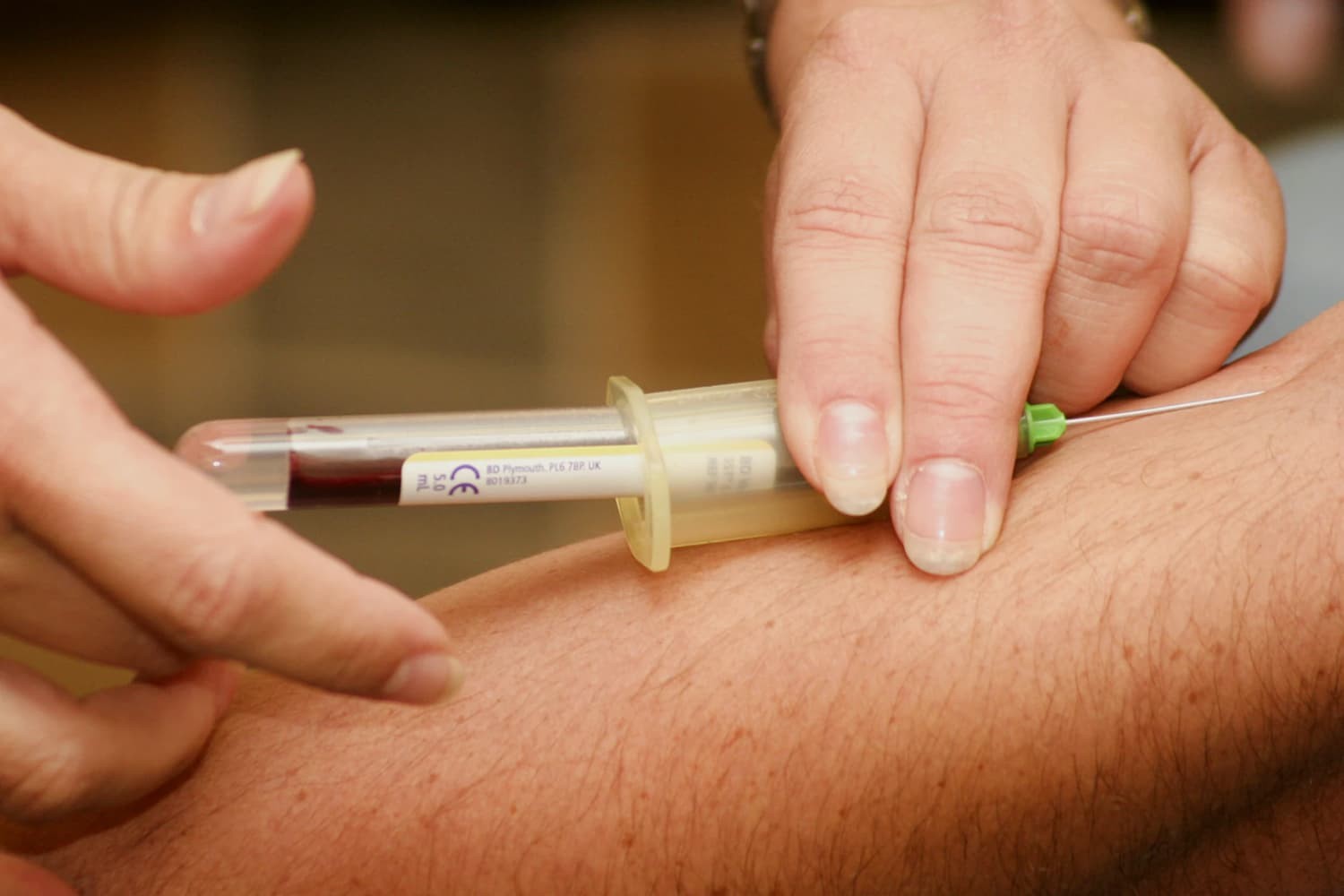
What is a blood clot?
A blood clot is a natural process whereby blood thickens and solidifies or coagulates to form a clot. This is part of the body's natural mechanism to prevent extensive loss of blood when a blood vessel is injured. A clot consists of blood platelets and a network of insoluble fibrin molecules, which form rapidly after injury. A scab is then usually produced which allows an external wound to heal. Clots can also form internally for no apparent reason, and are a serious health risk. A clot that blocks blood flow through an artery or vein is called a venous thrombosis, and may result in a stroke or heart attack.
What causes a blood clot?
The following factors significantly increase the risk of developing a blood clot:
- Confinement - the slowing of blood flow through the veins, for example when someone is confined by illness or travel.
- Damage to the walls of the blood vessels, for example during surgery or as a result of age-related changes.
- An increased tendency of the blood to clot - often due to genetic reasons, infection, disease or the hormonal changes associated with pregnancy.
What is DVT?
DVT, or deep vein thrombosis, is a blood clot that forms deep in the body, typically in the veins of the lower leg or thigh. DVT has hit the headlines in recent years, primarily from the cases that have developed after long distance flights. It is also common post surgery, often in the elderly. The symptoms of DVT include swollen and painful legs, which may become taut and shiny with a pale, blue or reddish-purple colour.
Who is at risk?
One can increase the risk of developing a blood clot by the following factors:
- Age - risk increases with age
- Immobility - those who are immobile because of illness, surgery or travel
- Surgery - people undergoing surgery on the hips and knees
- Heart attack - those who have recently suffered a heart attack or stroke
- Cancer - especially after surgery or if undergoing chemotherapy
- Pregnancy - during pregnancy, or for women using the contraceptive pill
- Previous history - those with blood clotting problems, including inherited conditions/genetic abnormalities
- Smoking
- Lack of exercise
- Obesity - increases the risk
How to avoid developing DVT?
These simple steps will help you avoid DVT, particularly when travelling:
- Drink lots of liquids, preferably water or juice
- Wear elasticated compression stockings to support blood flow through the veins
- Exercise at frequent intervals if travelling, even if seated.
- Avoid crossing your legs or ankles whilst seated
- Avoid alcohol and caffeine
- Avoid sleeping pills
Natural approaches include:
- Vitamin E - this strengthens the veins and thins the blood allowing unhindered blood flow
- Massage - this increases circulation and releases the pressure build up
- Herbs that may help circulation include: horse chestnut, butcher's broom, gingko and garlic, which is also an effective blood thinner that may reduce clotting
- Citrus juice - this contains polyphenol, which may help prevent DVT by improving blood circulation
If you are about to travel or undergo surgery, consult your doctor or naturopath about the risks of DVT.
Originally published on May 09, 2009








